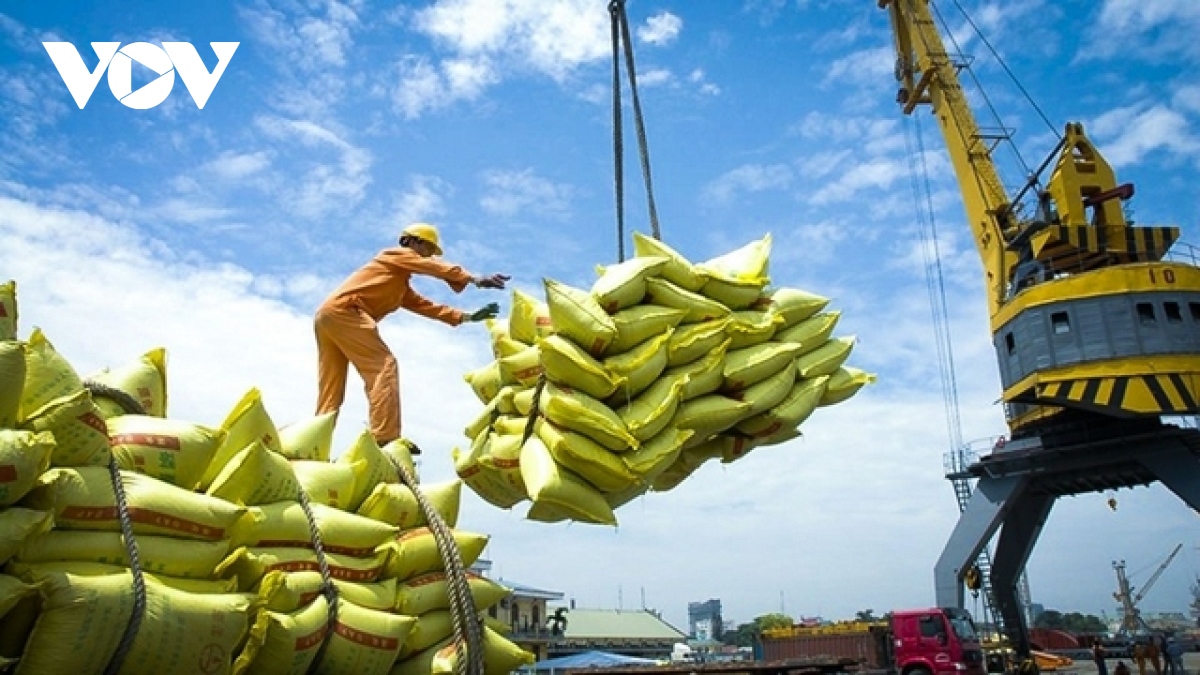These figures can be put down to a sharp increase occurring in export turnover, reaching a value of SGD73.40 million, equal to over US$54.6 million, marking an increase of 54.67% over the same period from last year.
Statistics released by the Trade Office of the Vietnamese Embassy in Singapore indicate that the country currently holds the largest market share in the city-island state for three rice groups. This includes white rice accounting for 48.62%; fragrant rice, milled, or peeled accounting for 69.43%; and sticky rice making up 78.05% of the total. Following Vietnam are Thailand and India with rice export turnover of SGD70.73 million and SGD58.41 million, respectively. The total turnover of the top three exporting countries accounts for 90.21% of the rice market share in Singapore.
This strong increase seen in Singapore's rice import demand from 2023 continued in the first half of the year, mainly due to India's ban on rice exports and the rapid recovery recorded in tourist arrivals to Singapore, a factor causing the country to increase rice imports.
Statistics compiled by the Accounting and Corporate Regulatory Authority (ACRA) indicate that the total value of global rice imports from the Singapore market enjoyed strong increases at 13.62% over the same period from last year, hitting nearly SGD224.5 million during the reviewed period.
According to Cao Xuan Thang, trade counselor and head of the Vietnam Trade Office in Singapore, countries such as Thailand, India, and Japan are currently Vietnam's biggest competitors in the Singaporean rice market. These nations are highly interested in investing in promoting product images and have agreements with importers and distributors in place to keep the names and brands of their rice products.
Meanwhile, the promotion and introduction of Vietnamese rice products in the market is still relatively little, meaning that there are no large-scale promotional activities of enterprises focusing on rice products. Therefore, importers and distribution systems in Singapore often import Vietnamese rice with Singaporean packaging, designs, and domestic brands for easy consumption in the market.
Thang emphasized that Vietnamese rice enterprises must continue to strive to improve their competitiveness and the quality of their rice products as the Singaporean rice market is closely managed by the Singaporean Government, as demonstrated by the Singaporean Government's review and issuance of import licenses. This can be seen through actions such as the direct inspection and control of rice quality before it is released to the market.
According to him, the signing of agreements and commitments at a governmental level between the two countries on rice supply could contribute to stabilizing Vietnamese rice export turnover to Singapore.
Local rice products are not only consumed in the Singaporean market, but also exported by Singaporean enterprises to other countries around the world. Therefore, firms need to take heed of the important role of Singapore as a transit area, not just the area home to nearly six million people of the city state, Thang added.

























